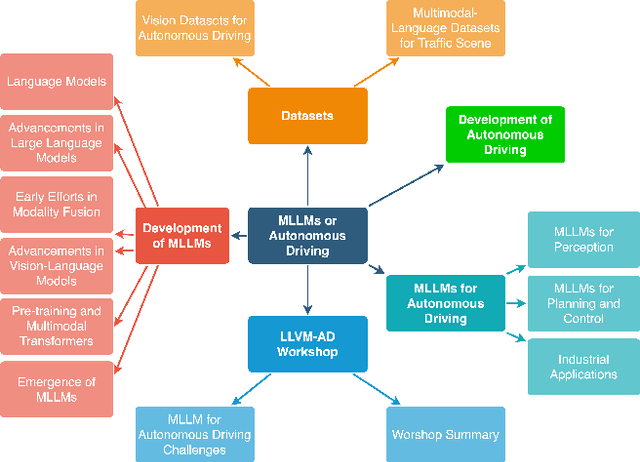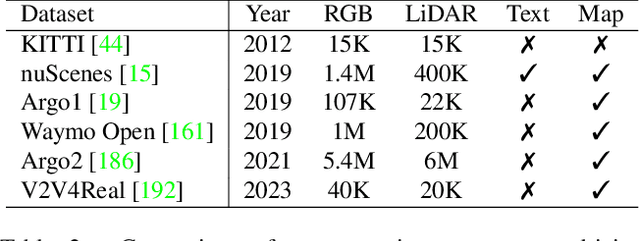Kuei-Da Liao
Medical Video Generation for Disease Progression Simulation
Nov 18, 2024Abstract:Modeling disease progression is crucial for improving the quality and efficacy of clinical diagnosis and prognosis, but it is often hindered by a lack of longitudinal medical image monitoring for individual patients. To address this challenge, we propose the first Medical Video Generation (MVG) framework that enables controlled manipulation of disease-related image and video features, allowing precise, realistic, and personalized simulations of disease progression. Our approach begins by leveraging large language models (LLMs) to recaption prompt for disease trajectory. Next, a controllable multi-round diffusion model simulates the disease progression state for each patient, creating realistic intermediate disease state sequence. Finally, a diffusion-based video transition generation model interpolates disease progression between these states. We validate our framework across three medical imaging domains: chest X-ray, fundus photography, and skin image. Our results demonstrate that MVG significantly outperforms baseline models in generating coherent and clinically plausible disease trajectories. Two user studies by veteran physicians, provide further validation and insights into the clinical utility of the generated sequences. MVG has the potential to assist healthcare providers in modeling disease trajectories, interpolating missing medical image data, and enhancing medical education through realistic, dynamic visualizations of disease progression.
A Survey on Multimodal Large Language Models for Autonomous Driving
Nov 21, 2023



Abstract:With the emergence of Large Language Models (LLMs) and Vision Foundation Models (VFMs), multimodal AI systems benefiting from large models have the potential to equally perceive the real world, make decisions, and control tools as humans. In recent months, LLMs have shown widespread attention in autonomous driving and map systems. Despite its immense potential, there is still a lack of a comprehensive understanding of key challenges, opportunities, and future endeavors to apply in LLM driving systems. In this paper, we present a systematic investigation in this field. We first introduce the background of Multimodal Large Language Models (MLLMs), the multimodal models development using LLMs, and the history of autonomous driving. Then, we overview existing MLLM tools for driving, transportation, and map systems together with existing datasets and benchmarks. Moreover, we summarized the works in The 1st WACV Workshop on Large Language and Vision Models for Autonomous Driving (LLVM-AD), which is the first workshop of its kind regarding LLMs in autonomous driving. To further promote the development of this field, we also discuss several important problems regarding using MLLMs in autonomous driving systems that need to be solved by both academia and industry.
PIE: Simulating Disease Progression via Progressive Image Editing
Sep 21, 2023Abstract:Disease progression simulation is a crucial area of research that has significant implications for clinical diagnosis, prognosis, and treatment. One major challenge in this field is the lack of continuous medical imaging monitoring of individual patients over time. To address this issue, we develop a novel framework termed Progressive Image Editing (PIE) that enables controlled manipulation of disease-related image features, facilitating precise and realistic disease progression simulation. Specifically, we leverage recent advancements in text-to-image generative models to simulate disease progression accurately and personalize it for each patient. We theoretically analyze the iterative refining process in our framework as a gradient descent with an exponentially decayed learning rate. To validate our framework, we conduct experiments in three medical imaging domains. Our results demonstrate the superiority of PIE over existing methods such as Stable Diffusion Walk and Style-Based Manifold Extrapolation based on CLIP score (Realism) and Disease Classification Confidence (Alignment). Our user study collected feedback from 35 veteran physicians to assess the generated progressions. Remarkably, 76.2% of the feedback agrees with the fidelity of the generated progressions. To our best knowledge, PIE is the first of its kind to generate disease progression images meeting real-world standards. It is a promising tool for medical research and clinical practice, potentially allowing healthcare providers to model disease trajectories over time, predict future treatment responses, and improve patient outcomes.
 Add to Chrome
Add to Chrome Add to Firefox
Add to Firefox Add to Edge
Add to Edge